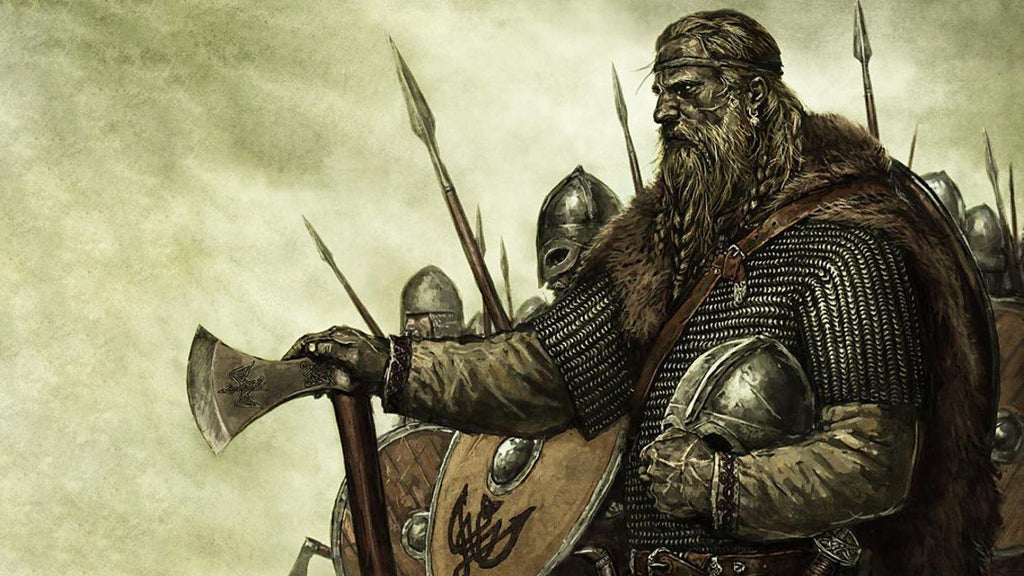Instead of Surrender, Viking King Chose to be Buried Alive
Tales about the Viking kings always leaves us something to remember, tossing and turning all night about it. Each story might possess either a happy or sad ending. But looking back, the final result is not that important, but the destination toward it. What each king, each character did through the story means something to us. This blog post is to share a small tale in the Viking hero sagas. It revolves around King Herlaug of the Namdalen district in Central Norway and his strong will.
In the year of 871 AD, King Herlaug made his final and brave deed in his life: not bowing down to King Herald Fairhair, King Herlaug and 11 warriors of his chose to be buried alive on Leka island.

Unlike King Herlaug, his brother, King Rollaug chose to surrender and serve King Herald Fairhair who later became the ruler of Norway. Because of this surrender, Rollaug turned himself into an earl (which was still in the noble and high rank in the Viking community). Rollaug as the earl of Namdalen district had a certain amount of power for Namdalen district was the hectic joint point of trades between Northern and Southern Norway.
King Herald Fairhair in reign from 872 to 930 was well-known for his achievement in unifying Norway, which consisted of many petty kingdoms at that time, into one country. He was trying to head Northwards when he crushed many little kingdoms and took the control of them.

Statue of King Herald Fairhair who unified Norway as one kingdom
King Herlaug at that time realized that he had only two options: to flee or to give up his power. Of course, he preferred the former. Because King Herlaug knew that his army would stand no chance of winning the battle against the skilled and bloodthirsty warriors of Herald Fairhair.
In the Sagas of Herald Fairhair, Snorri Sturluson (who was famous for compiling Norse mythology in Prose Edda) wrote Herlaug chose none of those options. Instead, he chose to be buried alive and his 11 warriors walked with him into the burial mound.
According to the words by Snorri Sturluson, there were two brothers as the kings of Northern Namdalen district. Rollaug and Herlaug were their names. Brothers as they were, each of them possessed different mindset and characteristic traits. Both of them were building kind of a mound or tomb with limestone and rock when they heard the coming of King Herald Fairhair.
That was about the time the mound was complete. And with an amount of meat and drink, King Herlaug and 11 men of his went into the mound and ordered to shut the door of the mound.
On the contrary, King Rollaug erected himself the seat for the earl. He moved himself from the High throne to the earl's seat, giving his power to King Herlaug and turning himself into an earl. Then King Herald Fairhair offered him the title Earl of Namdalen letting him ruling over that district and serving for King Herald Fairhair.

The burial mound
At the end of the 1700s, archaeologists which were quite amateur compared with now dug three tunnels to get access to the burial. Into the burial site, they found out a skeleton was lining against the wall. But it was not unitl one century later that the skeleton was on display to the public. However, there was barely any valuable remains for us to know more about the situation. The missing of items inside the burial mound is attributed to either the old archaeological techniques in the past or the tomb robbery.
Inside the burial mound, archaeologists found the remains of two swords and some animal bones. This site is quite larger than other Viking burial mound in Norway. Some scholars believed that there might have been a ship somewhere inside or around the burial mound. Nonetheless, a survey in 2012 with the georadar didn't give any evidence about what is possibly hidden inside the burial mound.




